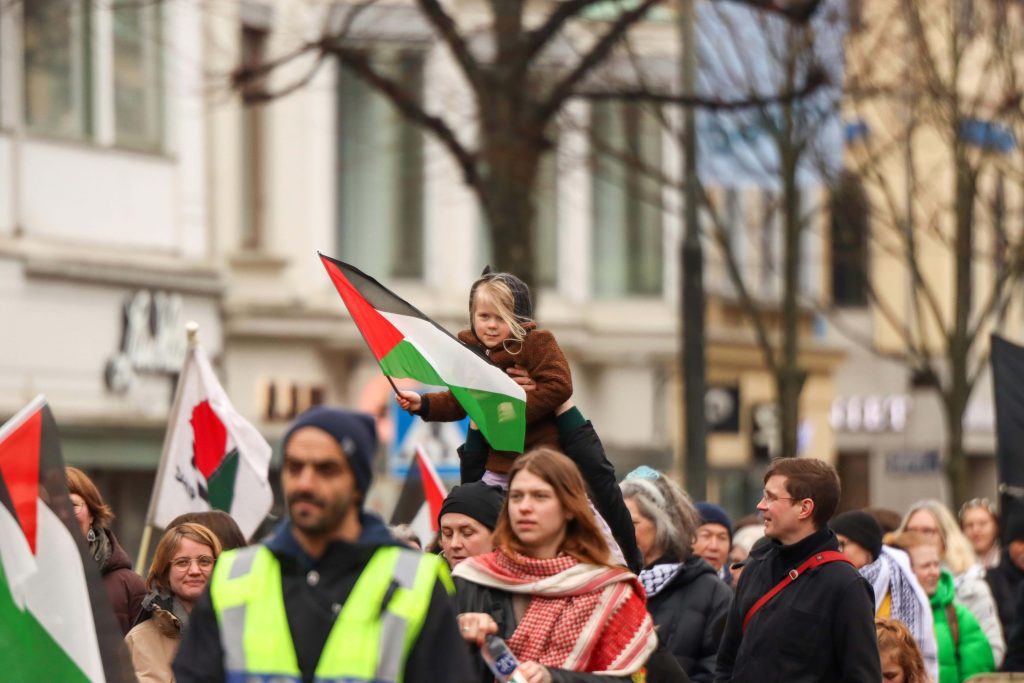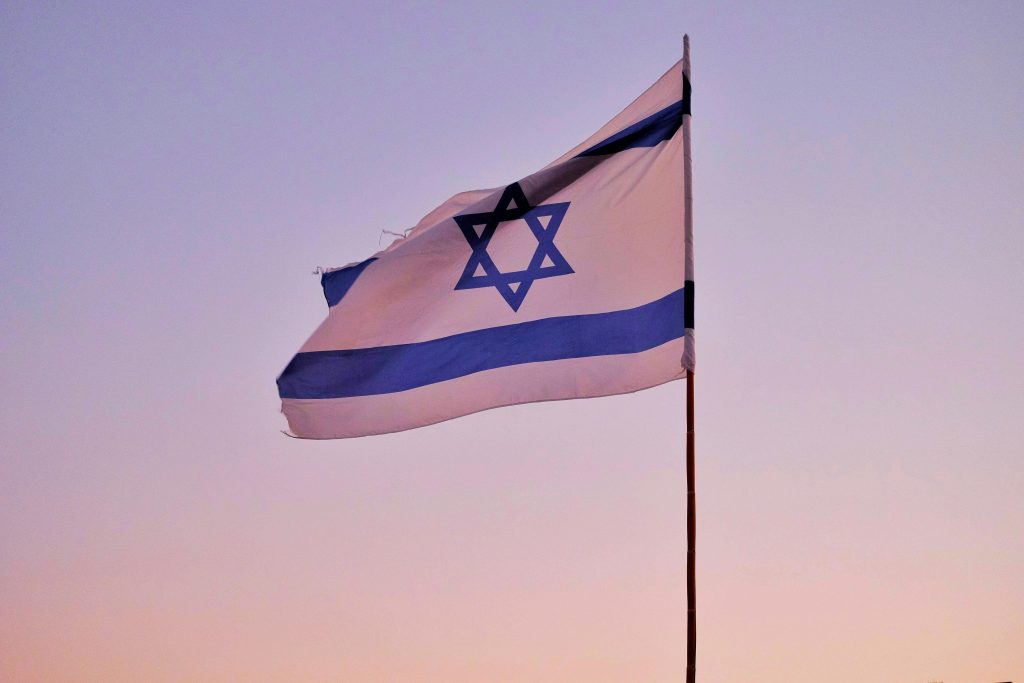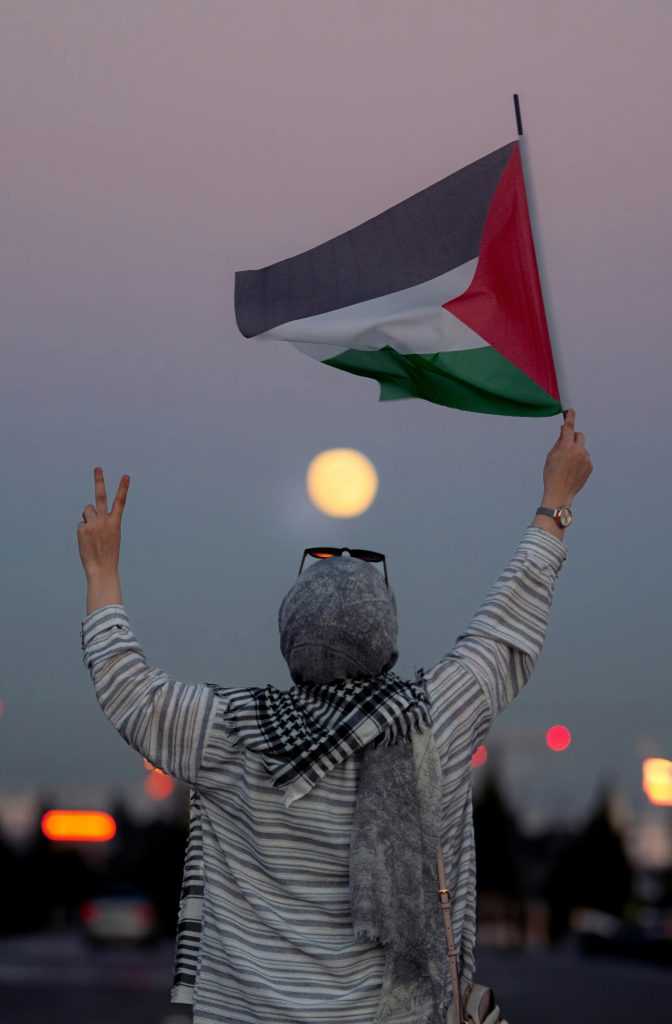
The Israeli-Palestinian Conflict: A Struggle for Peace and Coexistence
Introduction
The Israeli-Palestinian conflict, a deeply rooted and long-standing dispute, has captured global attention for decades. This multifaceted conflict revolves around historical, political, and religious aspects, making it one of the most complex and enduring conflicts in modern history. This article seeks to provide an overview of the conflict, its historical context, key issues, and potential paths towards resolution.
Historical Background
The Israeli-Palestinian conflict can be traced back to the late 19th and early 20th centuries when waves of Jewish immigrants began to settle in the region of Palestine, then part of the Ottoman Empire. As Jewish immigration increased, tensions grew between the Jewish and Arab populations who both had claims to the land. The conflict intensified with the establishment of the State of Israel in 1948, leading to the First Arab-Israeli War and the displacement of hundreds of thousands of Palestinians.
Key Issues
- Borders and Territories: The core issue at the heart of the conflict is the dispute over borders and territories. Both Israelis and Palestinians claim historical and religious ties to the land, and this has led to competing claims over the boundaries of Israel and a future Palestinian state.
- Jerusalem: Jerusalem, a city of great religious significance to Jews, Muslims, and Christians, is a major point of contention. Israel claims Jerusalem as its capital, while Palestinians desire East Jerusalem as the capital of a future Palestinian state. This issue is fraught with emotion and has been a major stumbling block in peace negotiations.
- Refugees: The displacement of Palestinian refugees during the 1948 Arab-Israeli war and later conflicts remains a contentious issue. Palestinians demand the right of return for these refugees and their descendants to their ancestral homes, while Israel has resisted this idea, fearing it would threaten the demographic balance.
- Security: Both sides have concerns about security. Israelis have faced threats from terrorism and rocket attacks, while Palestinians endure the consequences of occupation, including restrictions on their movement. Finding a balance between ensuring Israeli security and addressing Palestinian aspirations is challenging.
- Recognition and Sovereignty: The Palestinian leadership seeks international recognition and full sovereignty, while Israel insists on security guarantees and recognition as a Jewish state. Balancing these demands is central to any potential resolution.


Efforts Toward Peace
Numerous efforts have been made to bring about a peaceful resolution to the Israeli-Palestinian conflict. Key milestones include the Oslo Accords in the 1990s, the Camp David Summit in 2000, and the Annapolis Conference in 2007. While these initiatives showed promise, none resulted in a lasting peace agreement.
The Role of International Actors
The international community, including the United Nations, the United States, and the European Union, has played a significant role in mediating the conflict. International actors have advocated for a two-state solution, recognizing Israel and Palestine as sovereign states living side by side in peace. However, these efforts have often been hindered by regional and global geopolitics.
Challenges to Peace
The Israeli-Palestinian conflict faces several significant challenges:
- Leadership: Both sides have experienced divisions within their leadership, which has hindered negotiations and unity in pursuing a peace agreement.
- Settlements: Israeli settlements in the West Bank have been a major source of tension, as they are considered illegal by the international community and a barrier to a two-state solution.
- Extremism: Radical elements on both sides perpetuate violence and oppose peaceful negotiations.
- Regional Dynamics: The broader Middle East conflict landscape and relationships with neighboring states influence the Israeli-Palestinian situation.
The Way Forward
While the Israeli-Palestinian conflict remains unresolved, there are potential avenues for progress:
- Reviving Diplomacy: Encouraging both parties to return to the negotiating table, with the support of the international community, is crucial. This could involve a renewed focus on the two-state solution.
- Confidence-Building Measures: Implementing measures to improve trust and reduce tensions, such as economic development, easing movement restrictions, and promoting dialogue, can help lay the foundation for peace.
- Grassroots Initiatives: Civil society organizations and people-to-people programs can foster understanding and cooperation among Israelis and Palestinians, transcending political divisions.
- International Mediation: Robust international mediation, along with incentives and consequences for both parties, can help facilitate progress.
Masjid Al-Aqsa
The Al-Aqsa Mosque, also known as Masjid Al-Aqsa, is a significant religious and political focal point in the Israeli-Palestinian conflict. The issues surrounding the Al-Aqsa Mosque are deeply intertwined with the broader dispute between Israel and Palestine.
- Religious Significance: The Al-Aqsa Mosque holds immense religious significance for both Muslims and Jews. It is the third holiest site in Islam, following Mecca and Medina, and is believed to be the location where the Prophet Muhammad ascended to heaven during the Night Journey. For Jews, the compound is known as the Temple Mount and is considered the holiest site in Judaism, as it is believed to be the location of the First and Second Temples.
- Control and Access: The Old City of Jerusalem, where the Al-Aqsa Mosque is located, has been a flashpoint in the Israeli-Palestinian conflict. Control and access to the site have been a source of contention for decades. Israel controls access to the compound, but under the 1994 Oslo Accords, an agreement between Israel and the Palestinian Authority, religious authority over the site was granted to the Islamic Waqf, a Jordanian-backed religious trust. Despite this arrangement, tensions often flare over issues of control and access.
- Security Measures: Security measures around the Al-Aqsa Mosque, including metal detectors and restrictions on entry, have sparked protests and violence in the past. Such measures are often perceived by Palestinians as attempts to assert Israeli control over the site and limit access to Muslim worshippers.
- Political Symbolism: The Al-Aqsa Mosque has also been a symbol of Palestinian nationalism and resistance. Palestinian leaders have used the mosque as a rallying point for their cause, and any perceived threats to its status have sparked protests and international concern.
- International Concern: The international community, including organizations like the United Nations, has expressed concern about the situation around the Al-Aqsa Mosque and called for maintaining the status quo and respecting the rights and religious freedoms of all parties involved.
In summary, the Al-Aqsa Mosque is a highly sensitive and contentious issue in the Israeli-Palestinian conflict due to its religious significance, control and access disputes, and its political symbolism. Ongoing tensions and clashes around the mosque underscore the broader complexities of the Israeli-Palestinian conflict, which has proven difficult to resolve over many decades.
Recent Development
The current situation between Palestine and Israel can be described as tense and volatile. The conflict has been ongoing for decades and is rooted in competing claims for land and national self-determination.
On October 7, the Palestinian militant group Hamas launched an unprecedented attack on Israel by infiltrating nearby neighborhoods with hundreds of armed fighters.
At least 1,400 Israelis have died, and 199 troops and civilians, including women and children, are being held as hostages in Gaza, according to the country’s military
Israeli military airstrikes against Gaza have resulted in the deaths of over 9000 Palestinians. Israel, meanwhile, has put a complete embargo on the region, depriving it of food, gasoline, and other necessities.
Additionally, it is gathering troops near the Gaza border, and the Palestinians are preparing for a ground attack that may result in many more casualties.
Unlawful Attacks and Killings
Unlawful attacks and killings in the context of the Israeli-Palestinian conflict refer to acts of violence that violate international humanitarian law and human rights law. These actions can be committed by both Israeli and Palestinian parties to the conflict, including state forces, armed groups, and individuals. Unlawful attacks and killings can take various forms, and they are often condemned by the international community. Here are some common examples:
- Indiscriminate Attacks: Indiscriminate attacks, such as the firing of rockets or mortars into populated areas without distinction between military and civilian targets, are considered unlawful. These actions put civilians at risk and violate the principle of distinction.
- Targeting Civilians: Deliberately targeting civilians or conducting attacks that disproportionately harm civilians is a grave violation of international humanitarian law. This includes attacks on residential areas, schools, hospitals, and other civilian infrastructure.
- Use of Human Shields: Using civilians as human shields, whereby one party to the conflict places civilians in harm’s way to deter attacks, is also illegal under international law.
- Extrajudicial Killings: Extrajudicial killings involve the deliberate, premeditated killing of individuals, often without due process or legal justification. These actions are considered unlawful.
- Collective Punishment: Measures or actions taken by one side that collectively punish an entire population, rather than targeting specific individuals responsible for violence, are generally unlawful.
- Settlements: The construction and expansion of Israeli settlements in the West Bank and East Jerusalem, which are considered illegal under international law, have led to tensions and confrontations in the region.
- Blockades and Siege: The blockade of the Gaza Strip by Israel, along with restrictions on the movement of people and goods, has led to humanitarian concerns and is seen by some as a form of collective punishment.
It is essential to note that allegations of unlawful attacks and killings are often subject to dispute, with both sides in the conflict offering different perspectives and interpretations of events. The United Nations, human rights organizations, and other international bodies often investigate and report on incidents that may involve unlawful actions. Accountability for such acts remains a significant challenge in the context of the Israeli-Palestinian conflict, with accusations and counter-accusations from both sides, making it challenging to achieve justice and resolution.
Conclusion
The Israeli-Palestinian conflict is a deeply rooted and highly complex dispute with profound historical, religious, and political dimensions. While achieving a lasting resolution remains challenging, continued efforts towards peace are vital. The international community, regional actors, and the people directly affected must work together to find a path that ensures the rights and security of both Israelis and Palestinians, ultimately paving the way for coexistence and a brighter future in the Middle East.
